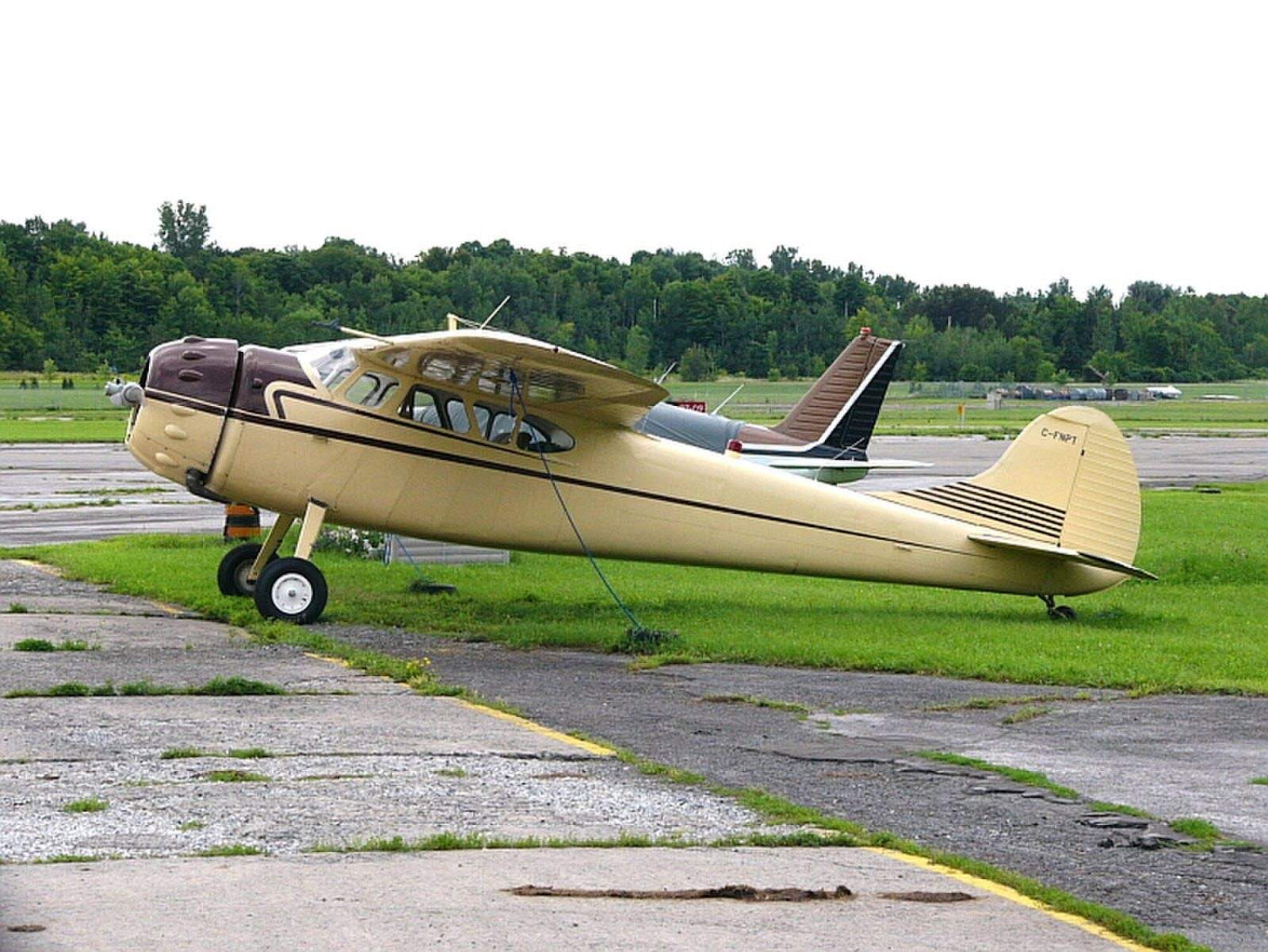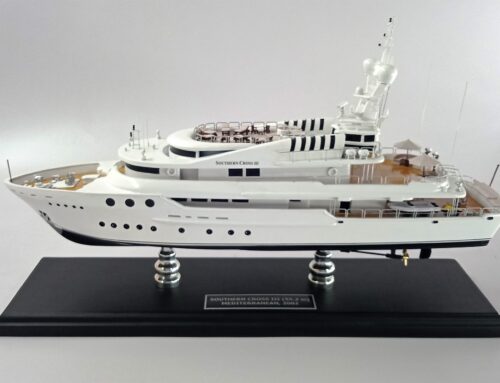The Cessna 190, a classic airplane model, stands out as a symbol of post-war aviation development. Introduced in the late 1940s, it quickly became popular for its robust design and versatility. This aircraft model has earned a special place in the hearts of aviation enthusiasts and pilots alike.
Design and Development of the Airplane Model
The development of the Cessna 190 began in the mid-1940s, right after World War II. Cessna aimed to create a light, reliable, and versatile airplane model that could cater to the growing civil aviation market. The Cessna 190 featured a tailwheel (taildragger) configuration, which was common for the era.
This airplane model was powered by a Jacobs R-755 radial engine, producing around 300 horsepower. This engine choice gave the Cessna 190 impressive performance, particularly in short takeoff and landing (STOL) capabilities. The high-wing design provided excellent visibility for pilots, which was especially useful for bush flying and other utility roles.
Operational Use
The Cessna 190 quickly gained a reputation for its durability and reliability. It became a favorite among bush pilots and was often used in remote areas where rugged terrain and short, unimproved airstrips were the norm. The airplane model’s sturdy construction could withstand the challenges of such environments, making it an ideal choice for various operations.
Its spacious cabin was another attractive feature. The Cessna 190 could comfortably seat up to five people, making it suitable for both personal and business travel. The aircraft’s range and payload capacity allowed it to handle a variety of missions, from transporting passengers to carrying cargo.
Popularity and Legacy
The Cessna 190 remained in production until the early 1950s, with several hundred units built. Over the years, it has become a beloved classic, with many vintage aircraft enthusiasts restoring and flying these models. The airplane model’s ruggedness and timeless design continue to captivate aviation fans.
The legacy of the Cessna 190 extends beyond its operational history. It represents an era of aviation where simplicity, reliability, and versatility were highly valued. The aircraft’s continued presence at airshows and in private collections is a testament to its enduring appeal.
FAQs
1. What makes the Cessna 190 unique among other classic aircraft?
The Cessna 190 stands out due to its tailwheel configuration, radial engine, and robust design. Its combination of STOL capabilities, spacious cabin, and reliability make it a unique and versatile classic aircraft.
2. How many Cessna 190s were built?
Cessna produced several hundred units of the 190 during its production run in the late 1940s and early 1950s. While exact numbers vary, it remains a relatively rare model today.
3. What type of engine powers the Cessna 190?
The Cessna 190 is powered by a Jacobs R-755 radial engine, which produces approximately 300 horsepower. This engine contributes to the aircraft’s strong performance and reliability.
4. Are there still Cessna 190s flying today?
Yes, many Cessna 190s are still flying today. They are popular among vintage aircraft enthusiasts and are often seen at airshows and in private collections.
5. What roles is the Cessna 190 commonly used for?
The Cessna 190 has been used for various roles, including bush flying, personal and business travel, and cargo transport. Its versatility and durability make it suitable for a wide range of missions.
Conclusion
The Cessna 190 is more than just an airplane model; it’s a classic piece of aviation history. Its robust design, versatile capabilities, and enduring appeal have made it a beloved aircraft among pilots and enthusiasts. Whether used for bush flying or leisurely travel, the Cessna 190 continues to shine as a testament to the ingenuity and craftsmanship of its era.




